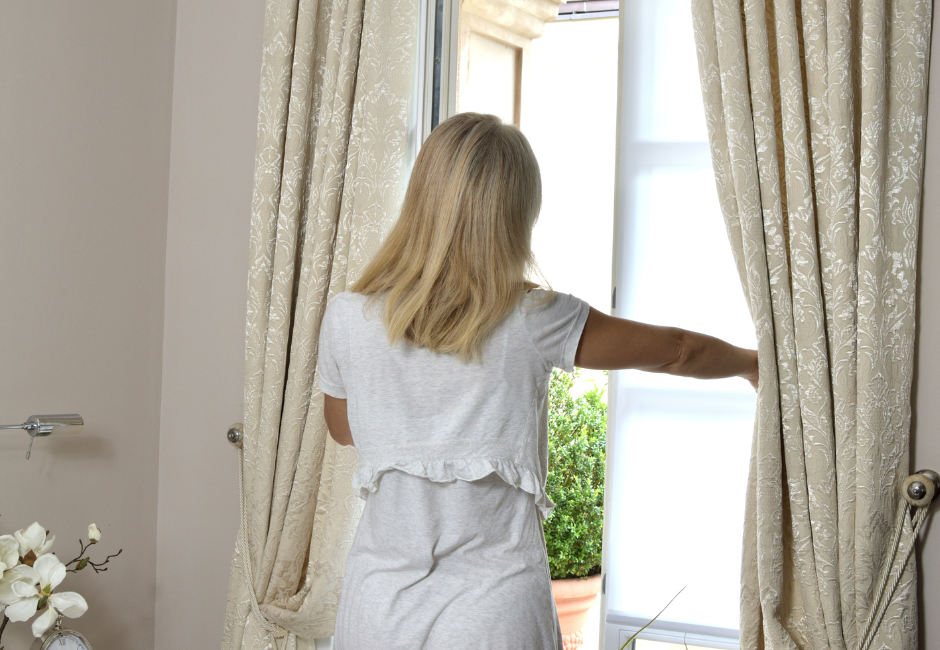Between our day-to-day lives at home and the time spent behind the wheels of our cars, Americans are spending less and less time outside. Research estimates that we spend about 90% of our time indoors. About 70% of each day is spent at home. You may think that the air you’re breathing during all this time inside is safe. But inside your home, you can find two to five times higher concentrations of some pollutants than typical outdoor levels.
Where Does Indoor Air Pollution Come From?
It may be hard to imagine why the air inside your home could be so dirty. But the causes are all around you. According to Andrea De Vizcaya Ruiz, PhD, associate professor of environmental and occupational Health at UC Irvine, home items are the main culprits. This includes items like your furniture, gas stoves, cleaning products, paints, and carpets.
Everyday living and pets can also lead to indoor air problems like dust, mold, and dander. Other indoor activities, like smoking and vaping, using cleaning chemicals, candle and incense burning, spraying air fresheners, and fireplace burning, may cause pollutants in the home, says Jie Zhao, PhD, head of research and development at Delos Labs, a company dedicated to wellness in built environments.
How Can You Keep Indoor Air Clean?
Inspect your HVAC system. Inspect your system twice a year to make sure it’s working and that the vents are open so fresh air comes in and pollutants can go out. The best times to do this are in the spring and fall, before the peak heating and cooling seasons.
Install central air. Central air systems deliver filtered, recirculated air throughout the home. Zhao recommends choosing a central air system that can mix filtered outdoor air with recirculated air. It should also be able to control the proportion of filtered outdoor air in circulation.
- Particles
- Volatile organic compounds (VOCs)
- Nitrogen oxides (NOx)
- Carbon dioxide (CO2)
- Carbon monoxide (CO)
- Methane gas
Open a window. Open your windows and doors to get fresh air into your home when the weather and outdoor air quality are good, Zhao says. You can check outdoor air quality in your area online using the EPA’s AirNow mobile app or an outdoor air quality monitor.
Use an Air Purifier
Air purifiers filter or purify the air of air pollutants by pushing air into it, purifying it, and circulating the cleaner air in the room.
Put your air purifier in areas of your home most likely to have the most indoor pollution and where you spend the most time. For most people, this is the kitchen, living room, and bedroom. They may work best in smaller spaces.
Control Moisture
Too much moisture in your home can create breeding spots for biological pollutants like mold, mildew, bugs, and bacteria. Water-damaged areas, standing water, cooking, and showers can be sources of moisture in your home’s air.
Use a dehumidifier. Indoor humidity levels should be around 30%-50%. If yours are higher, use a dehumidifier or moisture absorber, Ruiz says.
Use the bathroom fan. This will pull out humid air and any contaminants in your bathroom. Make sure to turn it on during steamy showers and baths.
Check your dryer vent. Your clothes dryer should be vented to the outside to move heat, moisture, and chemicals outside. If it’s unvented or not working correctly, moisture and particles can build up in your laundry room. If you have a gas dryer, it can also release carbon monoxide if not vented properly. Have your dryer vent cleaned at least once a year to clear out lint buildup.
Fix leaks and water damage. Be alert for leaks and moisture sources from pipes, roofs, and windows. When you find them, fix them right away, Ruiz says. If a flood or leak has damaged your home and you can’t fix the source right away, at least get rid of any damaged materials. Letting them sit in your home can lead to mold and bacteria growth that can make you sick.
Use rugs instead of carpets in your home. Both rugs and carpets can absorb moisture and trap pollutants like dust, mold spores, and insect allergens. Rugs are easier to take up and clean regularly. If you do install carpets, lay them over a concrete floor with a vapor barrier and sub-flooring to protect against moisture.
Don’t Smoke Inside
Smoking and secondhand smoke are unsafe for your health. Ideally, you should stop smoking to improve your health and lower your risk of smoking-related diseases like cancer, heart disease, and lung disease. You can talk to your doctor and also find resources from the CDC’s website that may help you start your journey to quitting.
Until you can quit smoking, don’t smoke inside your home. Always go out, no matter the weather. Make sure that doors and windows are closed behind you so the smoke doesn’t go back inside.
The steps you take to make sure the air in your home is healthy to breathe are worth it. As Zhao notes, “Good air quality is just as — if not more important — for your health as eating healthy, exercising regularly, not smoking, and limiting alcohol intake.”
Source: webmd.com ~ By Frances Gatta ~ Image: Canva Pro
